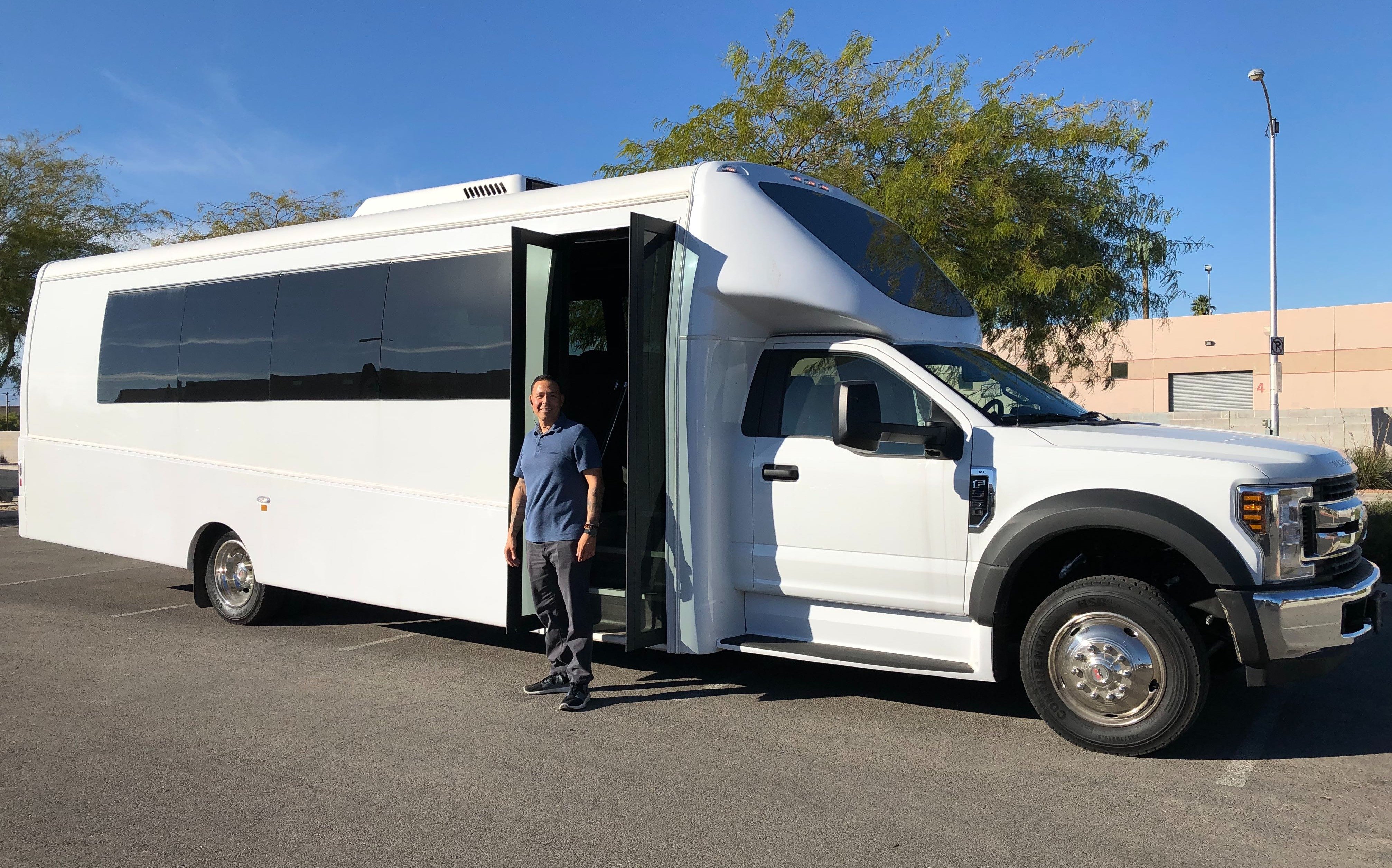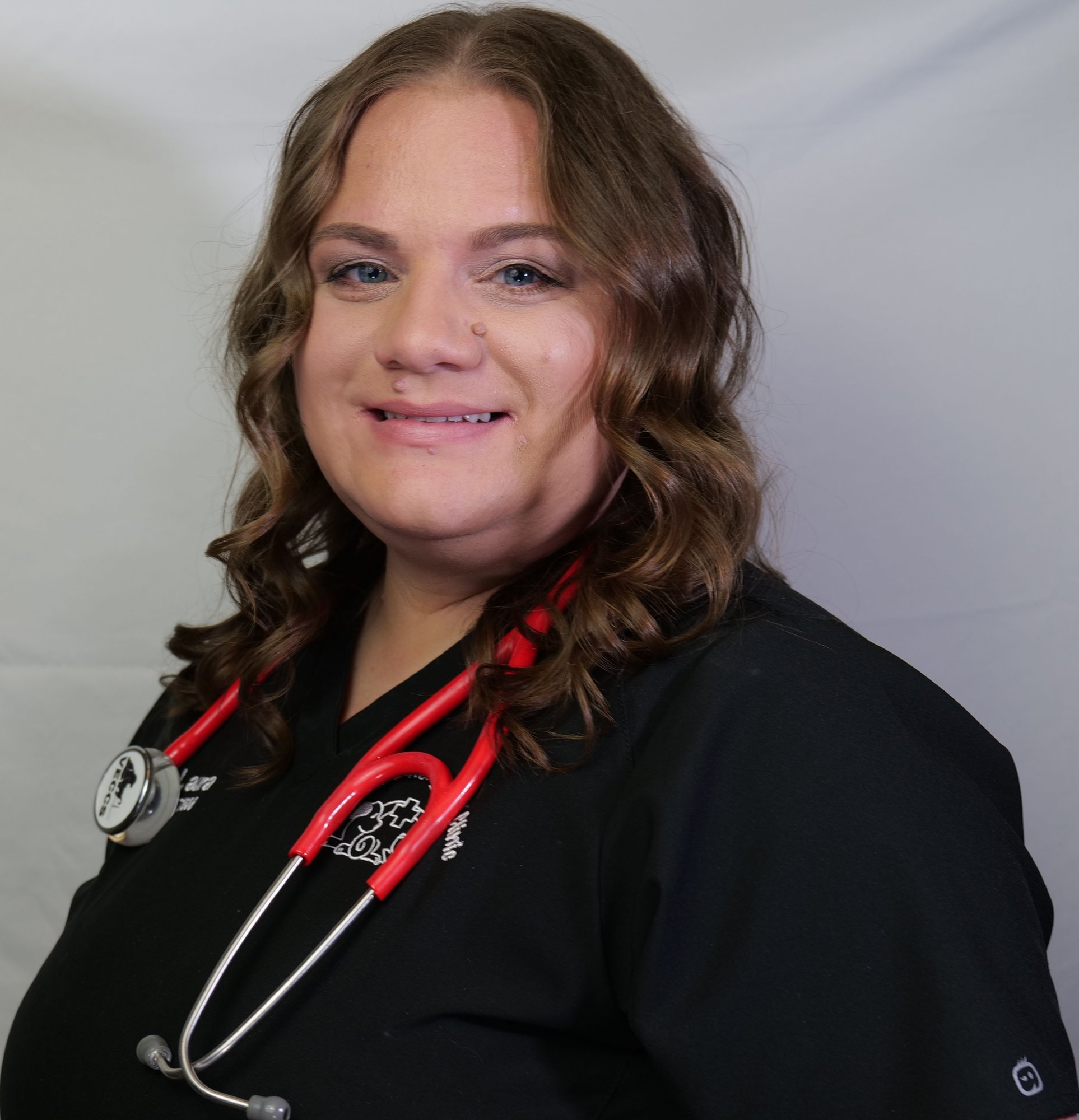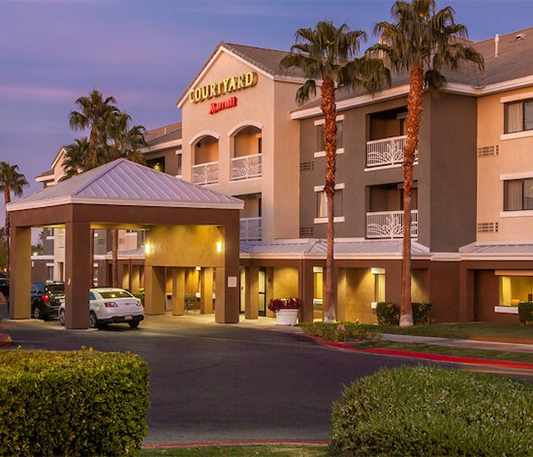ER BOOTCAMP
June 30 - July 1, 2024
At ER Bootcamp, you will learn and go through recover BLS and ALS rescuer certification, post-arrest care, intraosseous (IO) catheter access, placing nasogastric (NG) and nasoesophageal (NE) tubes, and more.
Instructors: Laura Waller, RVT, Alice Murtas, BS, CVT, VTS (ECC)
Venue: Viticus Group, Eastern Center | Las Vegas, NV
Category: Surgery; ER
Enrollment Capacity: 40 (20 DVMs and 20 Technicians)
CE Hours: 13
Cost: $695
ABOUT THIS COURSE
This two-day advanced hands-on ER interventions and procedures course offers the opportunity to gain in-person RECOVER CPR rescuer certification using hi-fidelity simulators, and a controlled environment in which to practice advanced tube placements and venous access on cadavers/models with experienced instructors.
Day one focuses on achieving RECOVER BLS/ALS Rescuer Certification. Prerequisite for this hi-fidelity simulation, scenario driven course is completion of this RECOVER BLS and ALS online course.
Day two is a mixed lecture and laboratory day that covers advanced emergency and critical care interventions and procedures performed on cadavers/models. Skilled instructors will guide attendees through the handling, placement and care of NG/NE tube, IO catheters, CVC and PICC lines. Coaching through these procedures including endotracheal intubation in lateral recumbency will allow participants to practice these essential ER skills in a controlled environment.
Questions? We're here to help
Access the Support Center at support.viticusgroup.org or submit a ticket to email support@viticusgroup.org.
LAB INSTRUCTORS
.jpeg?width=224&height=224&name=download%20(4).jpeg)
Alice Murtas, BS, CVT, VTS (ECC)
Hotel Accommodations and Travel
Viticus Group’s official lodging partners are the Residence Inn by Marriott and Courtyard by Marriott. Special lodging discounts are available to participants attending courses at the Viticus Center. Please make these arrangements once you have purchased your course by calling either Courtyard at 702.434.4700, or Residence Inn at 702.434.2700, and mention that you are attending a course at the Viticus Center.
PACKING TIPS
- Scrubs are available upon your arrival if needed.
- Closed-toe shoes are required during labs.
- A light sweater for indoor areas.
- Plenty of sunscreen.
- Electronic charging device to power up.
- Valid ID - We highly recommend you carry your ID at all times in Las Vegas.
TRANSPORTATION DETAILS
- Airport Pick up: Available on request, 24 hours, 7 days a week. Please contact the hotel at once you've retrieved your luggage, and your hotel will let you know where to wait for the shuttle.
- Transportation from your hotel to the Harry Reid Airport: You will need to sign up at the front desk. These shuttles run once an hour. They will ask you to sign up no less than 2 hours before expected departure.
BOOK YOUR HOTEL HERE
TRANSPORTATION
Viticus Group transportation includes shuttle pick-up at the Residence Inn 45 minutes prior to the start of your course start time and a short ride to the Viticus Center. At the close of each day, our shuttle will take you back to the Hotel.
Last Day Transportation: Shuttle provided both to the airport, and back to the Hotel. (Luggage storage available on campus)
If you are a Las Vegas local, or are driving yourself to the course, please arrive to the Oquendo Campus 30 minutes before the start time.
** Please refer to the agenda and email updates for transportation times.**
Public transportation in Las Vegas is limited.
If you are staying somewhere other than our preferred partner, you will need to arrange for your transportation to and from the Viticus Center. If you are renting a car, Mandalay Bay, Luxor, and several other hotels on the strip may charge for parking. Other transportation options for getting around are taxi service, Uber and Lyft.







